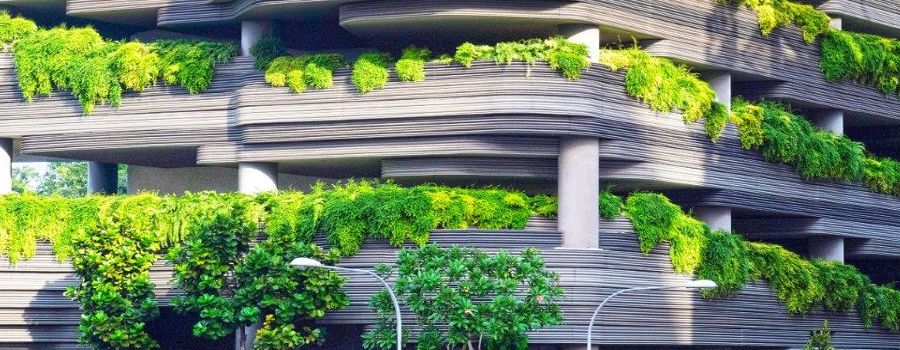Currently, the 54% of world population lives im cities, and it is foreseen this figure rises by 70% in the middle of this century. Cities have been converted in denatured places in which is difficult to find interconnected nartural surroundings. Current urbanistic model presents one of the most serius global challenges by 21th Century: rapidly and changing development of industrial activities as well as the un controlled urban sprawl cause many social, environmental and health problems.

Cities are facing to environmental challenges related to poor air quality, heat island effect, increasing of flood risk, increasing of extreme phenomena frequency and intensity, the industrial areas derelict and the issues of social context (increasing of criminality, social exclusión, inequality, marginality, poverty, and urban surroundings degradation). Effects of the population concentration in cities are generally invisible for the mayority of cictizenship, however these risks remain latent and it appear in media and public opinión when it have caused seriuos problems and the environmental restoration is more difficult.
In many of the cities of the world the air quality has improved considerably in the past decades. Nonetheless, air quality is affecting to health of people and sorrounding. In Europe, the air pollution from industry has been replaced by the road traffic and heating pollution. Therefore, Air Quality is a common environmental issue in large and medium-size cities around the world.
Another consequence of climate change and population accumulation in cities is the “heat island effect”: urban areas hotter than nearly rural zones due to the urban topography and materials of building and pavements. Annual average temperature in a big city could be 1 – 3 oC higher than surroundings areas. Likewise, during nights in summer time, the variation in temperature can reach 12 oC. This effect has important consequences, but we will talk about them another time.
Regarding urban spaces management, the different kinds of abandoned and deteriorated places in cities imply an important challenge. In these areas, the environmental conflict is focussed on environmental issues like soils pollution and specific emissions, which just searches the not adaptive reuse of these spaces. This situation forgets the social side of the problem, which induces scepticism and rejection in the citizens.
All of these problems can be dealt at the same way as the nature would do it, via solutions developed for thousands of years (Nature Based Solutions, NBS). In this way, it will achieve to reconvert urban areas in places in which nature can be present again and the citizen can enjoy it.

NBS will foster the sustainable urbanism, it will retrofit degraded areas, it will develop climate change adaptation and mitigation actions and it will improve the management of climate change risks. The NBS like actions inspired in the Nature present a huge potential to be energy sustainable and to be resistant to climate changes, however their success will depend on their adaptation to local conditions.
Deployment of green corridors, carbon sinks, vegetal paths, urban farming activities, sustainable urban drainage systems (SUDS), green roofs and walls, urban green filters, water spaces, pollinator’s modules, etc. in cities will be common the coming years, in order to achieve a sustainable urbanism and the re-naturing of our cities.
- Water guardians: innovative strategies to conserve our most precious resource - 24 May 2024
- Recovering our link with nature - 13 January 2023
- The re-naturing of our cities - 22 November 2016
